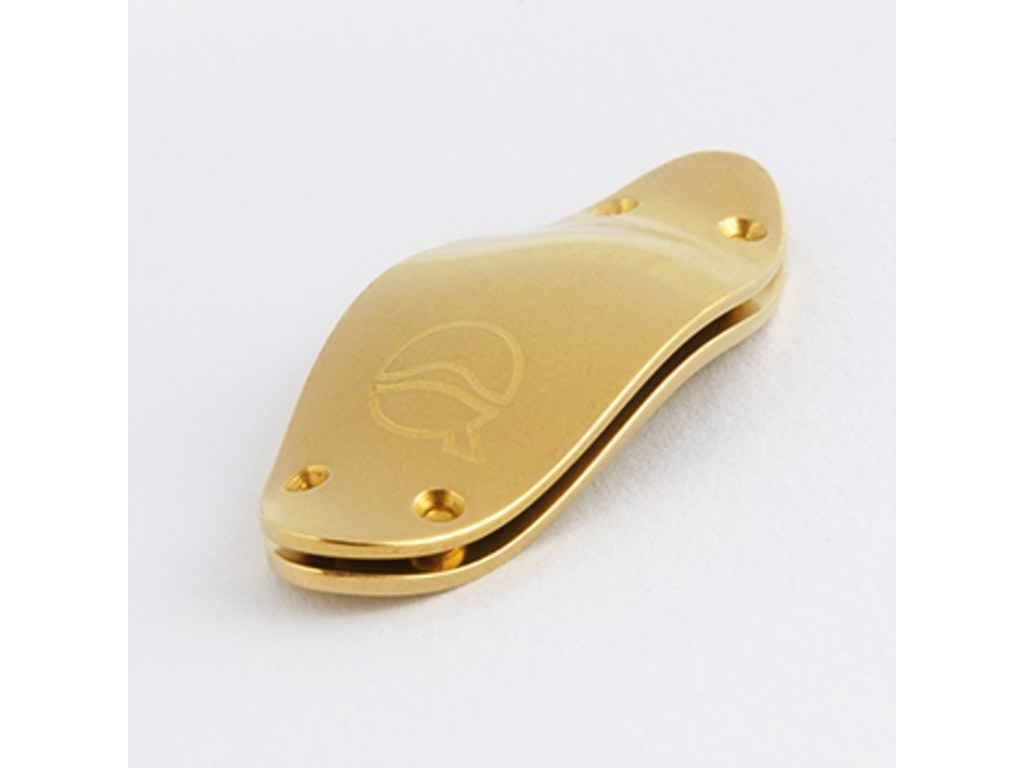As many may know JLV makes arguably the prettiest ligature with matching tonal results but has anyone tried using their Phonic Ring?
It's a metal ring with tabs that sits between the neck and body of the saxophone that is designed to enhance the sound produced by adding mass to the neck to body cinnection. There are demonstrations of it being used with clarinets but I cannot find anyone publicly using it with a saxophone. Sounds gimmicky, yes, I would say that too, but they have actual spectral analysis of the sound with and without it installed on a clarinet and even with crappy youtube audio compression you can hear a clear difference in the harmonics. Also it seems Selmer Paris is using something similar with the Supreme model and it's silver neck ring. So maybe there is more to this, and to get that kind of innovation on ANY saxophone without spending 10k would be amazing.
It's a metal ring with tabs that sits between the neck and body of the saxophone that is designed to enhance the sound produced by adding mass to the neck to body cinnection. There are demonstrations of it being used with clarinets but I cannot find anyone publicly using it with a saxophone. Sounds gimmicky, yes, I would say that too, but they have actual spectral analysis of the sound with and without it installed on a clarinet and even with crappy youtube audio compression you can hear a clear difference in the harmonics. Also it seems Selmer Paris is using something similar with the Supreme model and it's silver neck ring. So maybe there is more to this, and to get that kind of innovation on ANY saxophone without spending 10k would be amazing.





